Peaking Out on Cognitive Dissonance
“My body was flooded with an almost archaic exultation. I had just been witness to a small intrusion of The Original Wild. This is a moment for celebration. You hardly ever see this rare species manifesting itself in American cities. Plenty of weeds, yes. And plenty of carefully managed urban beautification units dotted hither and yon in front of buildings, along sidewalks; hanging flower baskets above storefronts; urban parks with their perfunctory nature trails littered with cigarette butts and needles—all well-meant attempts at compensation for prior destruction of natural beauty. But a real manifestation of Old Earth shaking out her hair in the morning sun, almost never!”—Anita Sullivan
On The Other Hand
By Anita Sullivan
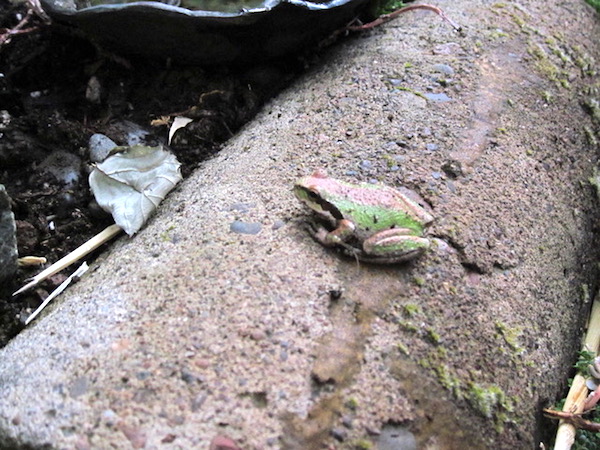
EUGENE Oregon—(Weekly Hubris)—March 2018—Do you remember that scene in the film of Tom Stoppard’s play “Rosencrantz and Guildenstern are Dead” where R and G are playing tennis to while away the time when they’re not on stage in the ongoing Hamlet tragedy—and one of them accidentally calls the other one by name? “Hey, Guildenstern!” he says (or Rosencrantz, I don’t remember). Suddenly, they both freeze. “Did you hear that?” says one. Because these guys are so generic they don’t even know their own names. They move through the play like a wind-up toy of two dolls dancing together, neither of them able to move without the other.
Suddenly, Bing! they each have ownership of their separate selves. Enter existential angst; enter the third dimension, consciousness, and that entire shop of horrors that goes with being fully human.
The Rosencrantz and Guildenstern experience recurs from time to time for each of us, but usually the blinding moment of revelation is so short it fails to qualify as memorable, and drifts down onto the slag heap of dust motes on the world floor.
But not for Poets. Poets are, among other things, “moment catchers.” We carry around a special filter that bleeps at us whenever an odd grouping of small events makes a little clot in the air that might be worth mentioning in a poem. This is part of our job, to record these clumps, these chance encounters of “pre-events” on their way from possible, from once-upon- a-time-but-not- any-more, into rampant, full-term existence.
For example: recently I was driving through the warehouse district of the city I live in, past the usual boring and ugly visual array: auto body shops, generic convenience stores, beer trucks parked in the middle of the street for deliveries, skate park where drug deals take place, boarded up coffee houses, chain-link- fence-guarded heaps of discarded industrial materials. My idle glance slipped between two buildings, past a parking lot, just in time to catch the last glimpse of a sunlit patch of grass and other weeds. My moment-filter began to beep! “Wait a Minute! Did You See That?”
My body was flooded with an almost archaic exultation. I had just been witness to a small intrusion of The Original Wild. This is a moment for celebration. You hardly ever see this rare species manifesting itself in American cities. Plenty of weeds, yes. And plenty of carefully managed urban beautification units dotted hither and yon in front of buildings, along sidewalks; hanging flower baskets above storefronts; urban parks with their perfunctory nature trails littered with cigarette butts and needles—all well-meant attempts at compensation for prior destruction of natural beauty. But a real manifestation of Old Earth shaking out her hair in the morning sun, almost never! A cause for weeping and laughing. Evidence of the volcano that still seethes beneath our feet and feeds us, gratuitously, every single day, despite our best efforts.
This short anecdote could be called a peak experience. It could also be an example of cognitive dissonance (kidding yourself)—one of our uniquely human skills—in which we can see something in two entirely different ways at the same time, and believe both of them with equal fervor, even though they contradict one another. Poetry, and other art forms, allows a healthy way to acknowledge and explore our various relationships with reality, these being but two of them.
Here is a poem that came out of a similar “peak experience” that could also be seen as an example of cognitive dissonance. I saw a dried oak leaf on the hiking trail and saw it as a frog at the same time I knew it wasn’t. The exact same time and duration for both.
![]()
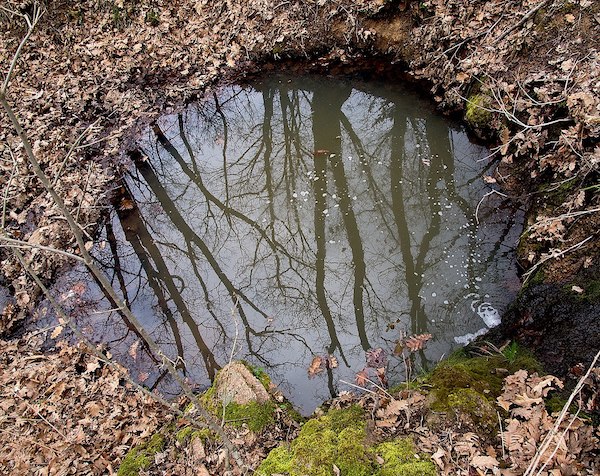
Either
By Anita Sullivan
Frog! No!
Two assumptions in a
split skirmish.
Second stomps out first
like a fire
although they emerge
as one.
Dried oak leaf on the path
exact size,
curled, supple, back-sloped, diffident,
poised
as a Pacific Chorus Frog (wrong color)
but
not imagined
not disguised.
Yesterday, tomorrow
might have been
Frog? No!
But today equal,
no tilt.
Could blame the adolescent light
banging around among
the lichen, now exposed
in the winter oaks. Or
deep and chronic
frog-hunger
aroused under the heart-rock
keeping the balance.
![]()
Note: Sullivan’s poem above first appeared in “Plum Tree Tavern,” on January 28, 2018.
![]()
To order Anita Sullivan’s books, Ever After and/or And if the Dead Do Dream, click on the book covers below.
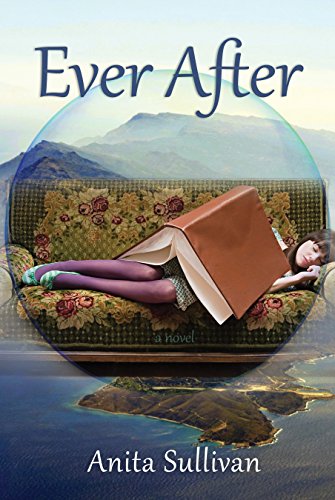
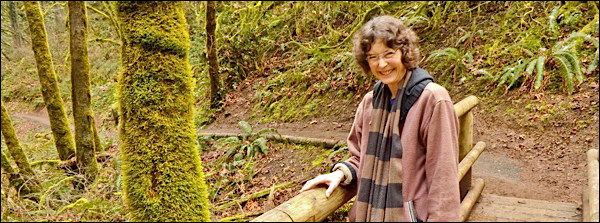
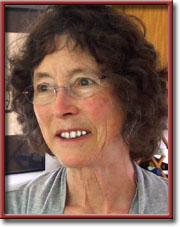
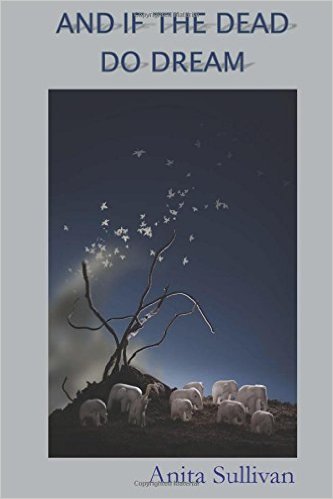
2 Comments
diana
Wow, what language! I love the way you seize and dissect the moment and then weave magic with your words. Frog hunger . . . I know just what you mean, but have never put that into words, for sure.
Anita Sullivan
Thanks, Diana! I so much appreciate your enthusiasm for all kinds of different things, and for your generous ability to listen so carefully.